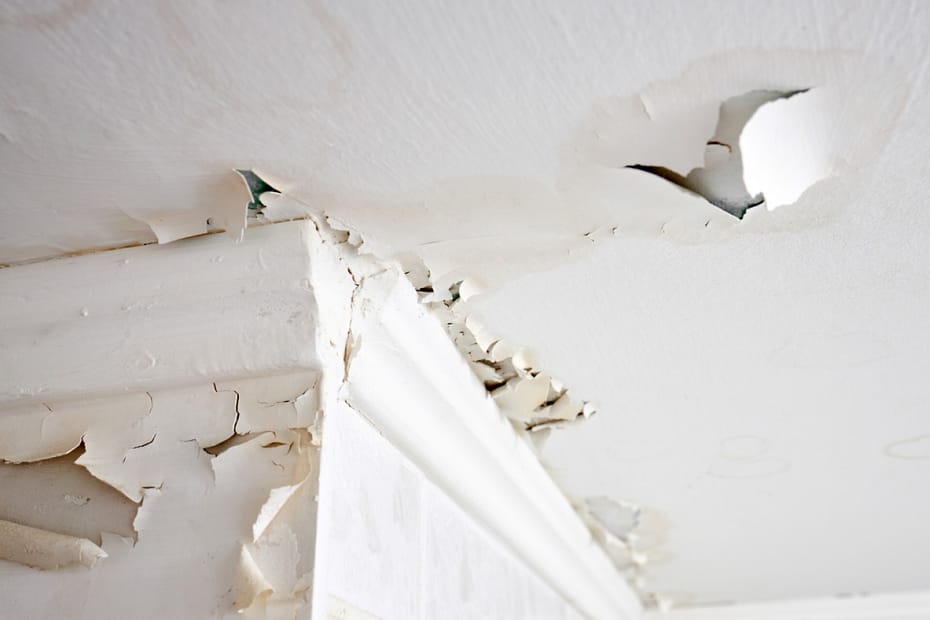A leaking roof can spell trouble for homeowners. To fix it, pinpoint the leak’s source, choose the right repair method for your roof type, and always prioritize safety. Read on for a detailed guide on tackling roof leaks.
Table of contents
How to Find a Roof Leak?
You would think that finding a leak with your roof would be a simple task. But not always. Sometimes finding a leak can be a challenge. Let’s dive into how to detect if your roof is leaking.
Water Stains
One of the most tell-tale signs of a leaky roof is water stains extending across ceilings or trickling down walls. When spotted, act fast! The last thing you want is to ignore as it will lead to more problems.
Roof Penetrations
While you might suspect shingles first, leaks often occur around vents, chimneys, and dormers. Always inspect uphill from any interior water marks.
Locate Hard-to-Find Leaks
Employ the garden hose method. Start by wetting the roof in stages from the bottom upwards until the leak is detected.
Top 5 Fixes Every Homeowner Should Know

1. Shiner Misplacement
Protruding Nails (Shiners) — Often visible as nails poking through the roofing deck, these are typically the result of novice installers employing inappropriate fasteners. They earn the nickname “shiners” because, in colder months, they often get coated with frost, giving them a gleaming appearance. To spot these, one would need to inspect the attic.
A simple issue might be nails misplaced in the attic. Clipping these can sometimes solve the problem.
2. Addressing Vent and Boot Issues
Inspect all plumbing vent boots and roof vents. If damaged, consider replacing them. Ensure a better fit with rubber-washered screws.
3. Walls, Dormers, and Flashing
Check where walls meet the roof. Ensure caulking around windows, sidings, and dormers is intact.
4. Brick Chimneys
Water often sneaks around chimneys. Consider installing new flashing into the brickwork’s mortar for a more permanent solution.
5. Roof Valleys
This critical part of your roof requires attention. If shingles here are damaged or missing, replace them promptly.
Repair Leaks According to Roofing Type
When addressing a leaking roof, the repair approach varies depending on the roofing material. From the popular asphalt shingles to durable metal roofing and flexible TPO membranes, each requires a unique set of steps to ensure a watertight fix. Below, we outline the essential steps for repairing the three most common types of roofing materials.
How to fix a leaking Asphalt roof?
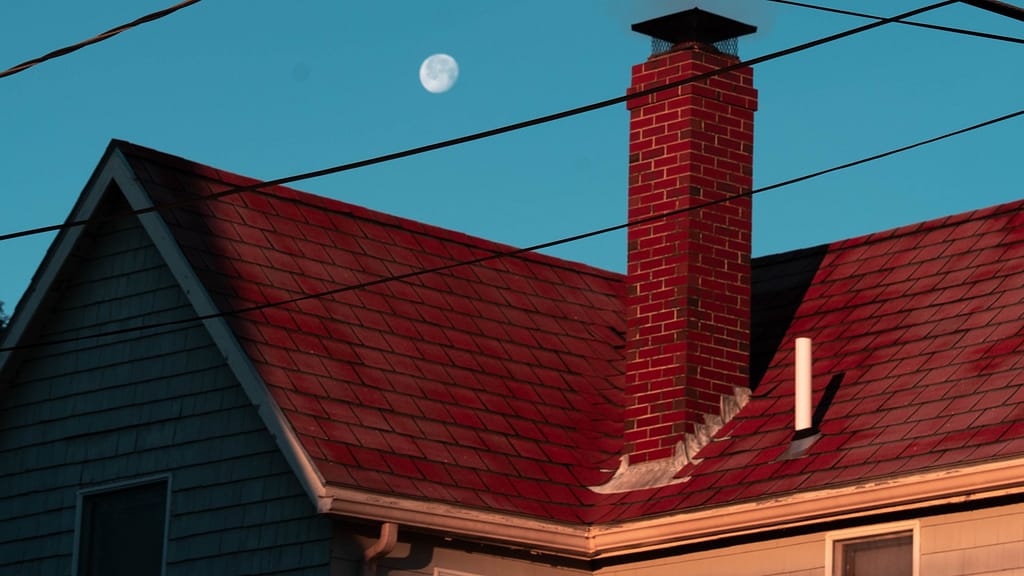
- Inspect: Identify the damage extent. Clear any debris and ensure the surface is dry.
- Remove the defective shingle: Use a pry bar to gently lift the overlapping shingles.
- Examine underlayment: Check for water damage or rot and replace as needed.
- Align new shingles: Ensure a consistent appearance.
- Nail and seal: Secure shingles and apply roofing cement around nails and edges.
How to fix a leaking Metal roof?
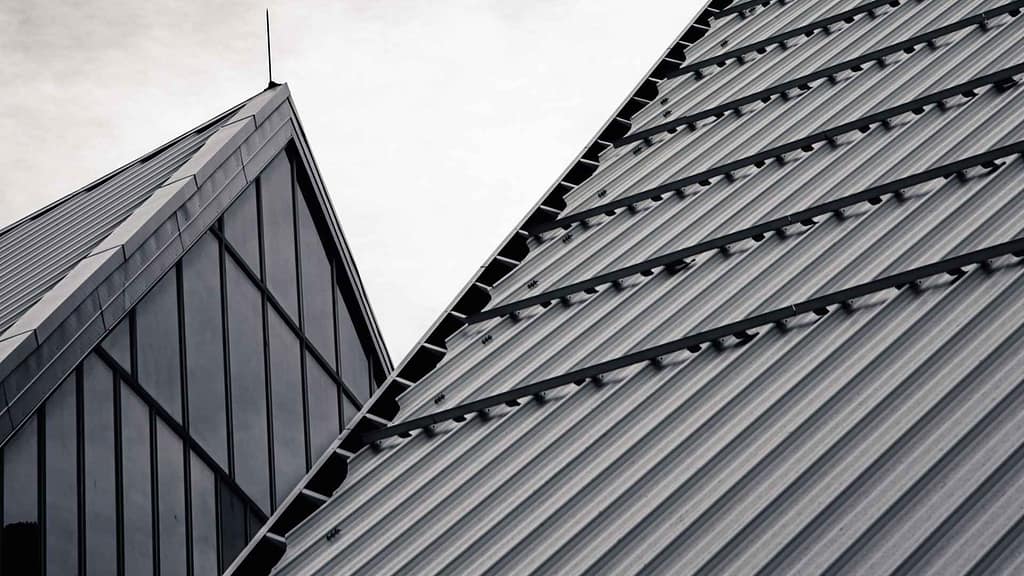
- Clean: Remove rust with a wire brush and wipe down the area.
- Mark and prepare a patch: Outline damage and cut a slightly larger metal panel piece.
- Apply sealant: Act as an adhesive between the patch and roof.
- Affix the patch: Secure with roofing screws and seal edges.
How to fix a leaking TPO roof? (thermoplastic polyolefin)
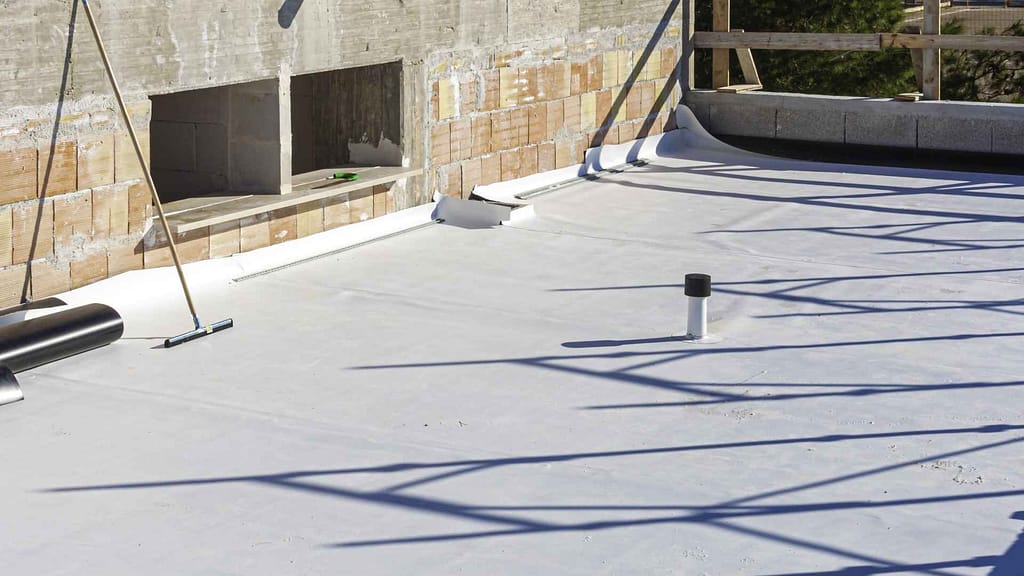
- Inspect and clean: Identify punctures or cracks and remove dirt.
- Cut a patch: Ensure it’s larger than the damage.
- Weld and seal: Bond the patch with a hot air welder and apply edge sealant.
Safety Precautions When Repairing a Leaking Roof
Fixing a leaking roof isn’t just about patching up the hole; it’s about ensuring your safety throughout the process. Before you climb up to inspect or fix the damage, prioritize your safety with the following guidelines:
Tools and Preparedness
Ensure you have all the necessary tools before you start. If you’re ill-equipped, it’s wiser to manage the leak internally or at ground level and await expert assistance.
Evaluate Risks
Don’t compromise safety for a repair. If your roof is steep, high, or made of materials like slate or tile, and you’re uncomfortable or fearful, it’s best to address the leak from the inside or attic without venturing onto the roof.
Weather Watch
A freshly leaked roof likely means recent rain. Though it might seem critical to act fast, refrain from scaling the roof during adverse weather conditions, such as rain, wind, or lightning threats. Always repair during dry, preferably warm, weather.
The Buddy System
Two heads are better than one—especially when working on a roof. Always have someone with you. Not only can they help in emergencies, but they’re also handy for passing up tools and materials.
Ladder Safety
Initially, a sturdy ladder is a roofer’s best friend. Before setting it up, ensure to place it on an even surface. Moreover, it’s crucial to ensure it extends three rungs above the roof’s edge for safe access. Additionally, for added security, it’s recommended to have someone steady it while you climb. Furthermore, refrain from carrying items while ascending or descending. Lastly, using tie-down straps can significantly enhance stability.
Dress for Success
Opt for shoes with rubber soles and excellent grip to minimize the risk of slips. In some states, a safety harness is mandatory for roofs over 10 feet. And if the sun’s out, wear protective clothing and sunscreen to shield against harmful UV rays.
Knowing When to Replace
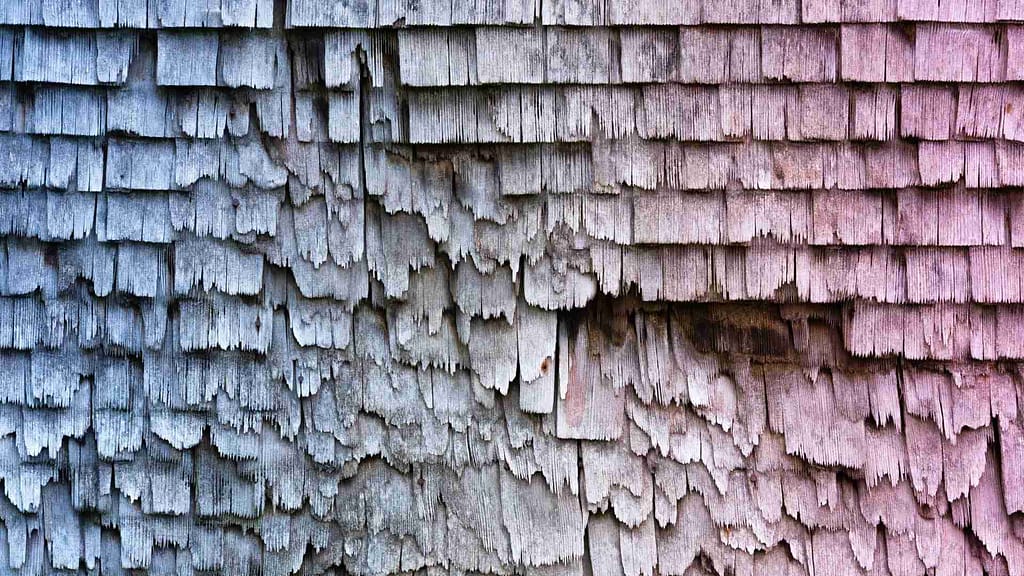
While repairing leaks is crucial, there are times when your roof might just need a complete overhaul. Here are things to consider when determining if it’s time to replace your roof.
- Lifespan of Your Roof: Most roofs have a 20 to 25-year lifespan. If yours is nearing this age or beyond, consider a replacement.
- Sagging Roof: A sagging roof, regardless of age, is a sign of a serious structural issue. This requires immediate attention and often replacement.
- Granules in Gutters: Asphalt shingle granules in the gutters suggest your roof may be deteriorating.
- Consistent Leaking: If you’re addressing leaks often, it might be more cost-effective in the long run to replace the roof instead.
- Roof Valleys: If shingles in this area are falling apart or missing, it’s time for a new roof.
While it’s essential to identify when a roof replacement is due, it’s equally vital to gauge the associated expenses. Before committing to any course of action, we advise a preliminary evaluation of the anticipated costs for a new roof.
When to Call a Roofing Expert
Roof repairs can be a daunting task, and while some issues can be addressed with DIY solutions, others necessitate the expertise of a professional. Knowing when to call in a roofing contractor can save you time, money, and further damage to your home. Here’s a guide to help you decide:
Extent of Damage
Minor leaks or missing shingles can often be handled by a homeowner with some roofing experience. However, if a significant portion of your roof is damaged or if there’s extensive water damage in your attic, it’s time to call in the pros.
Safety Concerns
As mentioned before, safety is paramount. If you’re not confident in your ability to repair a roof safely, especially on steep slopes or higher elevations, it’s wiser to hire a contractor. Keep in mind that roofs in the pacific northwest, like Washington state for example tend to have moss or moisture due to the constant rain.
Mystery Leaks
If you’ve tried but can’t pinpoint the source of a leak, a professional might have the tools and experience to identify and resolve the issue quickly. Not resolving the leak quickly could lead to mold.
Recurring Issues
If you find yourself patching the same spots repeatedly, or if previous repairs aren’t holding up, a more permanent solution from a seasoned contractor may be needed.
Renovations or Upgrades
If you’re considering upgrading your roofing material or need modifications (like installing a skylight), a roofing contractor will ensure the job is done right, maintaining the integrity of your roof.
Warranty Concerns
DIY repairs might void any existing roof warranty. Always check your warranty terms. If in doubt, consult with a professional before proceeding.
Time and Tools
Some repairs require specialized tools or materials that might not be readily available to the average homeowner. If a repair is beyond your current toolkit or skill set, it’s more cost-effective to hire a pro.
Summary
First and foremost, ensuring a durable, leak-free roof is essential for every homeowner. By initially mastering DIY roof repair techniques and subsequently understanding roof life expectancies, you can begin to see the bigger picture. Then, recognizing when to call in a professional becomes pivotal. Additionally, prioritize safety at every step, and furthermore, always turn to reliable roofing experts when in doubt. In conclusion, proper roof care isn’t just about maintenance—it’s about continuously safeguarding your home’s value and comfort for years to come.
